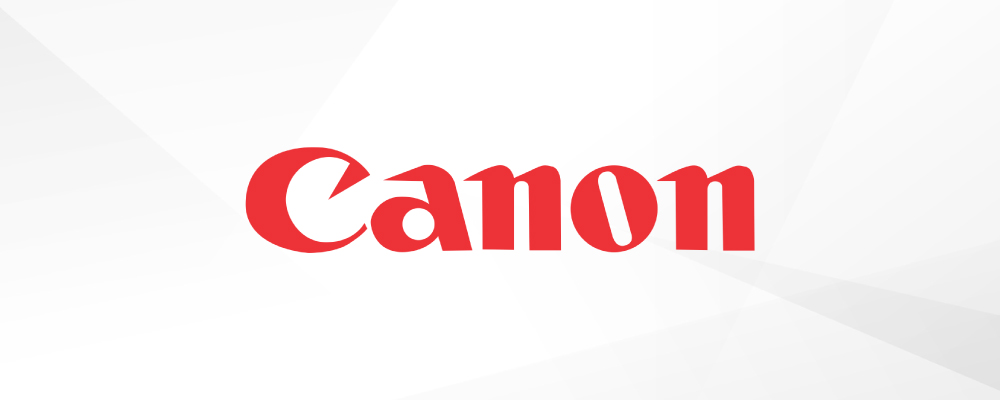Heading into 2020, organizations will look to transform traditional business models in order to help drive efficiencies and help increase productivity in the smart workplace that is increasingly embracing new technology trends such as digital transformation, IoT and 5G. Placing a focus on creating a connected workplace will allow organizations to propel real-time and cross-team collaboration, a key component of today’s digital workforce, allowing personnel to focus more on high-value projects and day-to-day operations.
So ask yourself, is this a task that requires an augmented role of worker? Here are a few trends developing in the digital workplace:
- Counting on the Cloud – According to the 2019 Office of the Future survey, cloud services will continue to be a top investment priority in 2020*. Not only does the cloud provide flexibility and an increase in data storage, but if properly coupled with the right solution, it offers built-in security features to help safeguard information as it’s shared between companies, partners and vendors. We recognize the topic of security is one that is paramount to an organization, especially when more and more breaches continue to occur. As a matter of fact, the survey also found that more than half (59%) of organizations already have a security agenda in place, and almost ¼ plan to make cloud security features their top investment moving forward*.
Offerings such as mxHero™, an email security and governance solution, allow documents to be seamlessly scanned, emailed and automatically filed more securely in any one of many cloud storage providers. And by coupling with Canon’s MFPs which will help enable a seamless content handling process, customers can connect to a digital workplace, helping to transform the way organizations work to achieve efficient results.
- Emphasis on Cybersecurity – Firewalls alone do not cut it anymore. As information-sharing both in and out of an organization rises, the security perimeters that are in place today may not suffice and can open up enterprises to new vulnerabilities. In fact, respondents from the survey pointed to malicious insiders (30%) and human error (25%) as the top threat sources over external cyberattacks, and only ¼ of those surveyed (23%) believe their employees have a clear understanding of cyber threats and their role in preventing them*.
Looking ahead, it is critical for organizations to invest in solutions and training that adequately prepare their enterprise for potential security threats – both internally and externally, especially as we see a rise in the remote worker. In 2019, Canon introduced Security Information Event Management (SIEM) integration with third-generation imageRUNNER ADVANCE devices, enabling companies to include printers in their security systems monitoring. At the same time, Canon partnered with McAfee to implement its Embedded Control technology as an additional standard built-in security feature on imageRUNNER ADVANCE third edition models.
- Data-Driven Efficiencies – With data at our fingertips, organizations have the ability to utilize technology and collect quality data which helps drive desired outcomes. As we see an increase in the digital workplace, organizations need to be nimble and approach work transformation by rethinking how tasks get done. At Canon, we use Predictive analytics to create inventory forecasts and manage resources to predict behavior and anticipate future customer support needs. This not only drives customer satisfaction but can help to cut back on unnecessary resources. Our headquarters-based customer solutions center demonstrates how we perform these real-time diagnostics reflecting customer environments.
As these trends continue to take effect in 2020, organizations will keep transforming and evolving to help create a smarter, efficient workplace that is comprised of more security features, an element of an augmented role of the worker, and today’s business environment to drive results and efficiencies.
*ABI Research collected the data from 1,015 respondents through an online survey conducted in April 2019. Respondents included IT decision-makers at the manager-, director- or C-level, from a full spectrum of U.S. companies, ranging from 500 to 5,000 employees, across multiple industries including Financial, Retail, Government, Manufacturing, e-Commerce, and Media, among others. The survey included 20 questions comprised of Likert-type, rating scale, rank order, and multiple-choice questions with additional options for open-ended answers.


Leave A Comment
You must be logged in to post a comment.